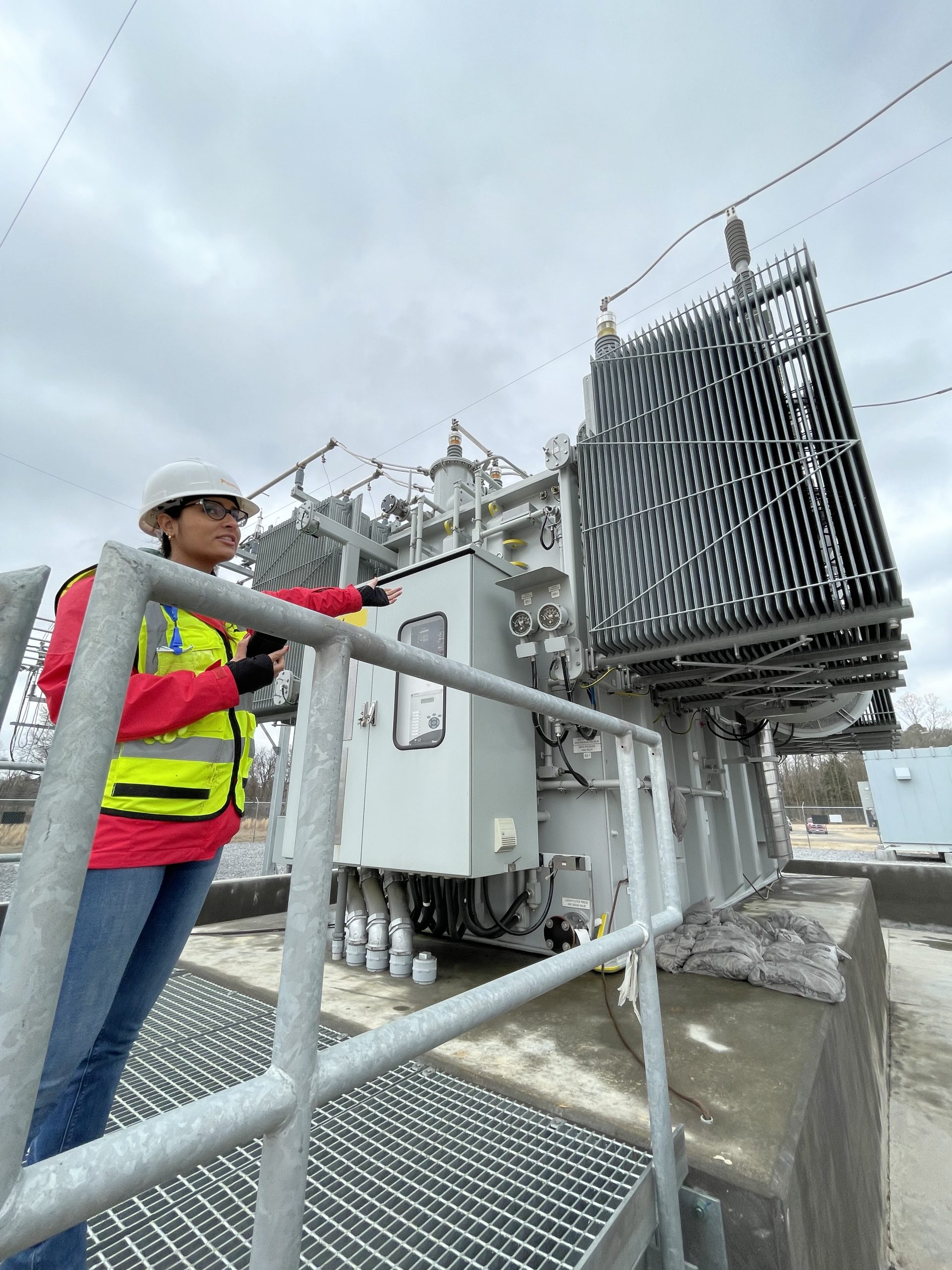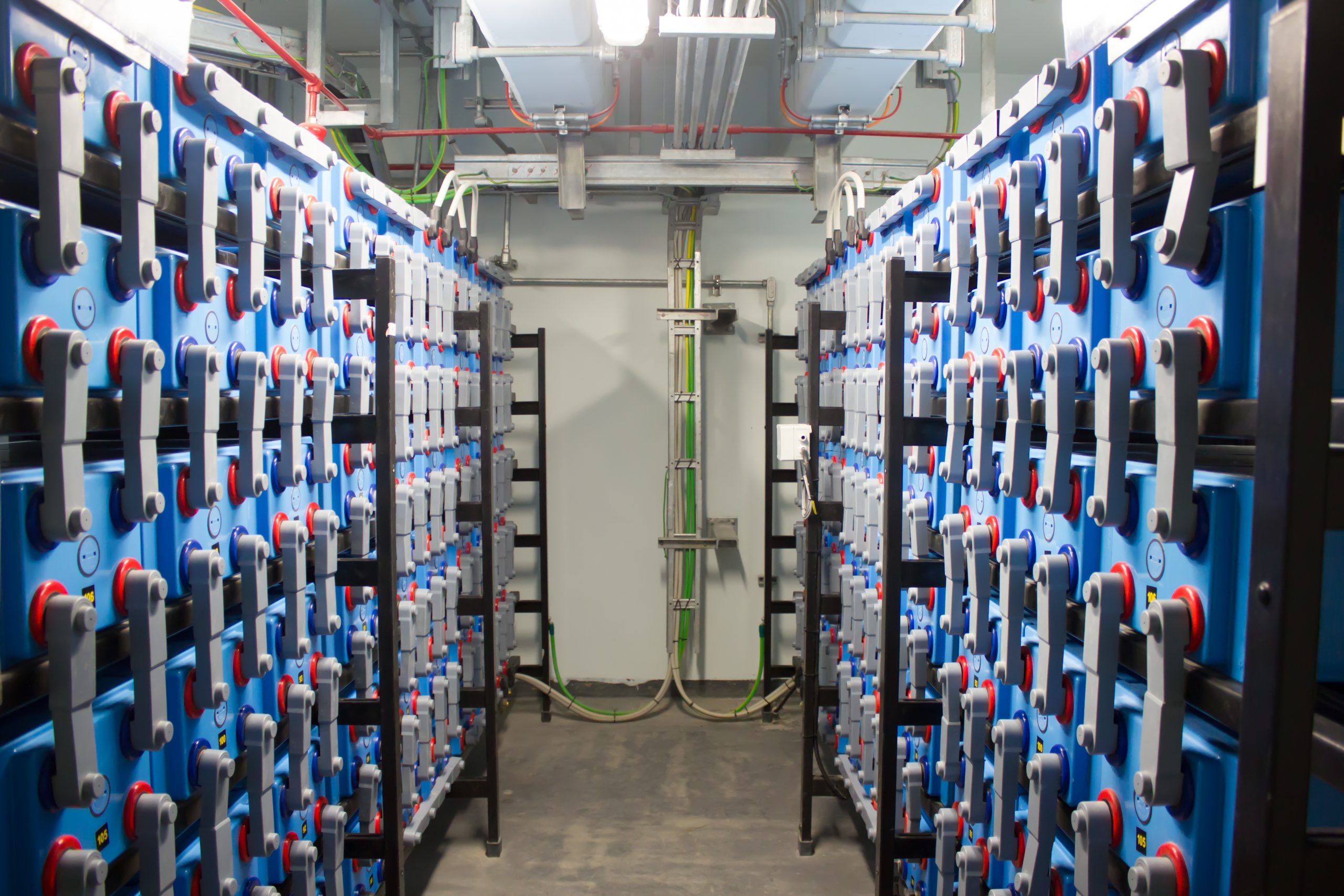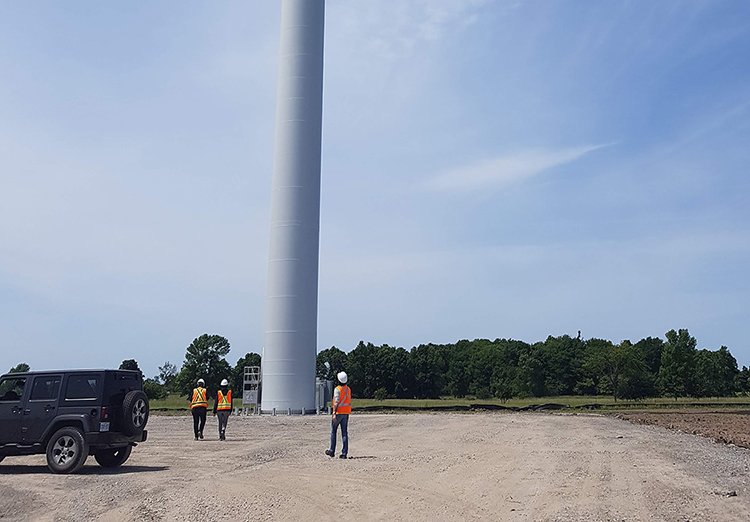Solar Repowering

What is Solar Repowering?
Solar repowering is an overhaul of certain components in a solar plant such as modules, inverters, racking, etc. due to degradation, design mismatch, or destructive failure, resulting in reduced energy production or plant downtime. It is also an excellent opportunity for plants to improve operational efficiency and add ancillary services to the service portfolio by adding storage.
What makes Repowering viable?
Although we are approaching the sunset period of some major government incentives, innovation in solar technology during the last decade has drastically reduced the capital expenditure of solar plants. Examples include the cost of modules, inverters, and even battery storage. Hence, Repowering may be able to restore the profitability of a plant at a minimal cost. Repowering initiatives can drastically increase energy production and export of solar plants by reducing downtime due to string power loss, repeated inverter failure, maintenance, or transfer trip.
What is the cost of Solar Repowering?
The cost of adding energy storage or upgrading inverters can be directly offset by offering value-add grid services such as frequency regulation and black-start. Storage systems prevent losses due to inverter clipping when production exceeds the grid requirement, which may accumulate to a substantial amount over the plant’s lifetime. However, given the enormous financial implications, repowering should only be undertaken after a comprehensive cost-benefit evaluation of each case. Of course, all based on unique challenges and technological offerings at the time.
When do plants need to Repower?
Solar farms have a design life span of 20 to 25 years. It corresponds to the average performance warranty period of most solar modules. However, plants may start underperforming as early as within five years of commissioning. This happens due to manufacturing defects and substandard engineering design of panels, inverters, or protection devices. Sometimes, manufacturer bankruptcy also dramatically reduces options for operators to ensure continued operation, due to voided warranty or O&M support. The need for repowering originates from one or more of these challenges occurring together.
Why Phoventus?
Phoventus serves its clients with insightful knowledge of technical, financial, and regulatory affairs that impact the long-term viability of reenergizing solar projects. It draws on the vast experience of its team on renewable energy technology, to navigate through the details and dependably support a project at all stages of development.
List of specialized services:
- Modular Forensics
- Grid Interconnection Compliance
- EPC Review and Warranty Reset
- Insurability Restoration
- Detailed Solar Energy Modelling with PVsyst
- Energy Storage Addendum Design
- Plant Control Optimization
- Protection Coordination Study
- Performance & Maintenance Analytics
- FMEA Analysis & Inventory Management



